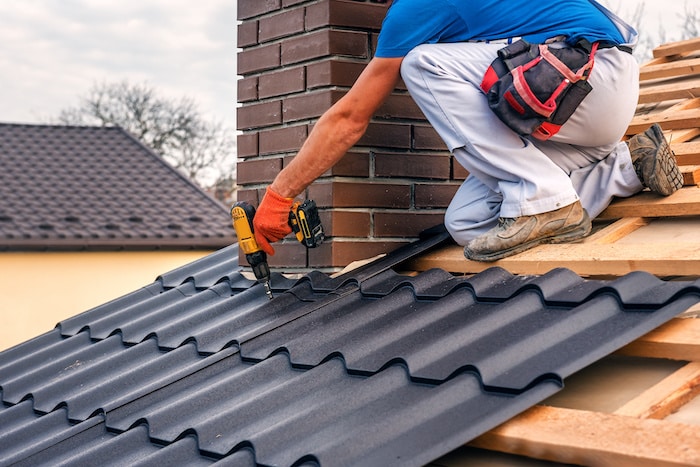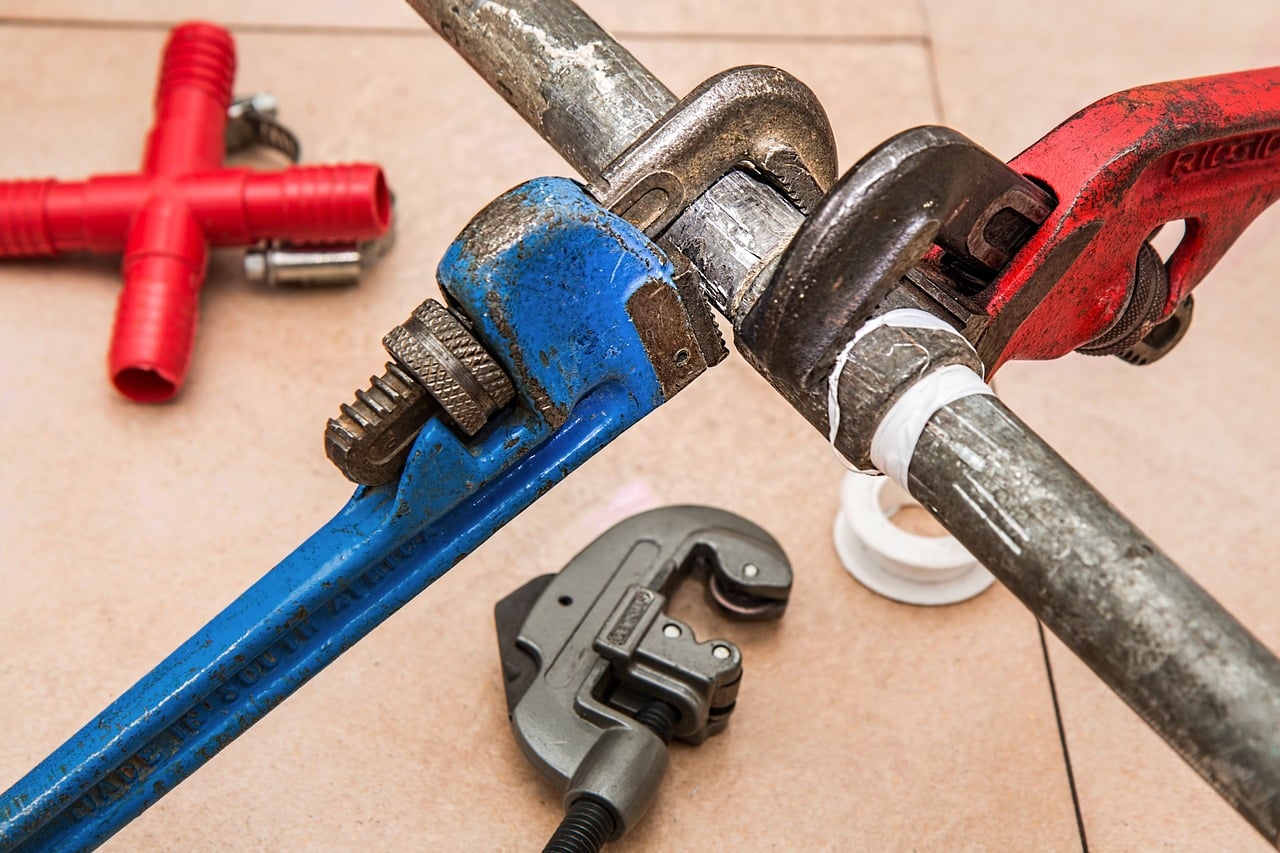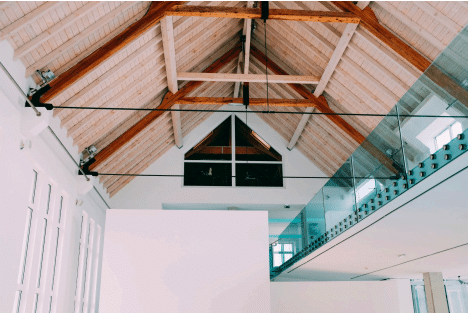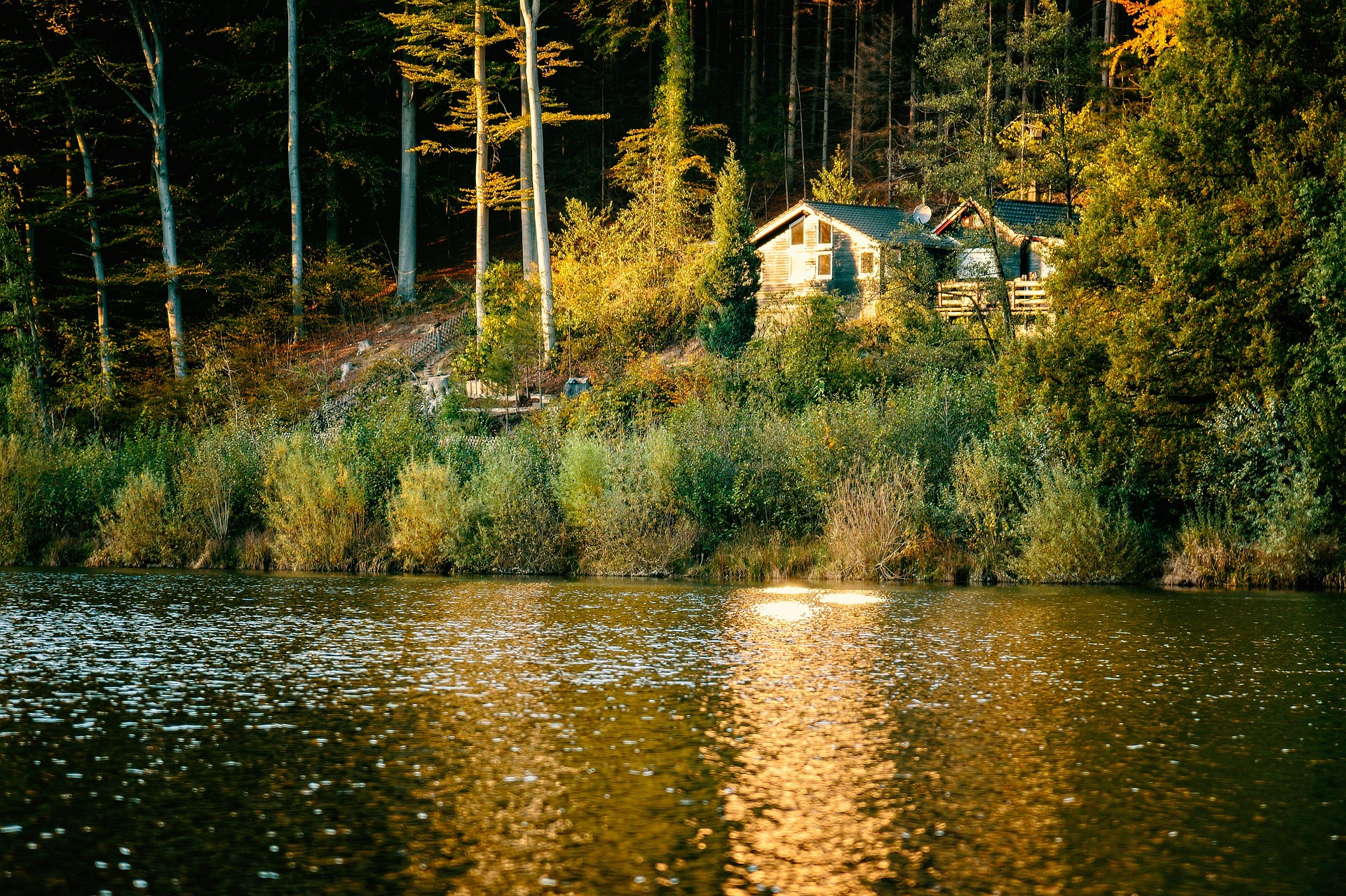Effective Roof Maintenance Tips for Arizona Homeowners
Arizona living has its own set of challenges, especially when it comes to keeping your roof in top shape.
With the extreme heat, monsoon rains, and the occasional dust storm, your roof faces a lot of wear and tear. Regular roof maintenance is key to not only preserving your home’s integrity but also avoiding those expensive repairs down the road.
Arizona’s Climate and Its Impact on Roofs
Arizona is known for its extreme weather, with summer temperatures soaring well above 100 degrees. This intense heat, coupled with high UV radiation, causes roofing materials to deteriorate faster than in milder climates.
Additionally, Arizona experiences a monsoon season, bringing heavy rain, strong winds, and sometimes hail, all of which can take a toll on your roof. Occasionally, the state also faces cold snaps, leading to freeze-thaw cycles that can cause cracking in some roofing materials.
How to Choose the Right Roofing Material for Arizona Homes

Given the state’s climate, selecting the right roofing material is key to long-term durability. Common options include:
- Tile Roofing: Popular in Arizona for its ability to withstand high heat, tile roofing is durable and has a long lifespan. However, tiles can be fragile and may crack during cold spells or under the weight of debris.
- Shingle Roofing: Asphalt shingles are another common choice, offering good protection at a lower cost. However, they may not last as long as tiles in Arizona’s harsh climate.
- Metal Roofing: Known for its durability and heat resistance, metal roofing reflects sunlight, helping to keep homes cooler. It’s also less prone to damage from monsoon storms.
Each material has its own benefits and drawbacks, and the best choice often depends on your specific needs and budget.
Roof Maintenance Tips for Homeowners in Arizona
Following these tips will help you keep your roof in top condition, extend its lifespan, and avoid expensive repairs.
1. Regular Roof Inspections: The Backbone of Roof Care
Think of regular roof inspections as your first line of defense. By checking your roof at least twice a year—ideally before and after the monsoon season—you can catch small issues before they turn into big headaches. Here’s what to look out for:
- Shingles: Check for any cracks, curling, or missing shingles. Damaged shingles can let water sneak into your home, causing leaks and water damage.
- Flashing: Ensure the metal flashing around chimneys, vents, and skylights is secure and rust-free. Flashing protects these vulnerable spots from water getting in.
- Gutters: Make sure your gutters are clear of debris and working properly. Clogged gutters cause water to pool on roofs, which can cause damage.
- Soffits and Fascia: Give the soffits and fascia a once-over for signs of rot, decay, or pests. These parts are crucial for proper ventilation and protecting your roof from water damage.
2. Tackle Minor Repairs Right Away
Arizona’s tough climate can turn small roof problems into big ones fast. If you spot any damage during your inspections, don’t wait to fix it. Here are some common quick fixes:
- Replace damaged shingles: Make sure the replacement shingles match the existing ones in size, material, and color.
- Reseal flashing: Use a high-quality roofing sealant to secure the flashing and keep water out.
- Fix gutter leaks: A little gutter sealant can patch up small leaks and keep water from seeping into your roof’s structure.
3. Shield Your Roof from Arizona’s Intense Heat
The Arizona sun is no joke, and it can take a toll on your roof. To help protect it:
- Opt for reflective roofing materials: Materials with high reflectivity can reduce heat absorption, helping your roof last longer and making your home more energy-efficient.
- Add attic insulation: Good insulation keeps your home cooler, reducing the strain on your roof.
- Apply a cool roof coating: A reflective roof coating can minimize heat absorption and lower the overall temperature of your roof.
4. Get Ready for Monsoon Season
Monsoon season in Arizona brings heavy rains, strong winds, and dust storms—all of which can put your roof to the test. Here’s how to prepare:
- Secure loose shingles and tiles: Strong winds can lift loose shingles or tiles, exposing your roof to water damage.
- Clean gutters and downspouts: Prevent water from pooling on your roof by making sure water can flow freely through your gutters and downspouts.
- Trim overhanging tree branches: Overhanging branches can break during storms, damaging your roof. Trimming them back reduces the risk.
5. Stay on Top of Water Damage
Water damage is a big concern during Arizona’s monsoon season. To prevent it:
- Ensure proper drainage: Water should never pool on your roof. Check that your roof has enough slope and that your gutters and downspouts are clear.
- Look for leaks after storms: After a heavy rainstorm, check your attic and ceilings for signs of leaks. Even small water stains could indicate a bigger problem.
- Consider a waterproof membrane: Adding a waterproof underlayment beneath your roofing material provides an extra layer of protection against water infiltration.
6. Keep Your Roof Clean from Dust and Debris
Arizona’s infamous dust storms, known as haboobs, can leave your roof covered in debris. Over time, this can cause damage and drainage issues. Keep your roof in good shape by:
- Regularly clean your roof: After a dust storm, remove dust, leaves, and other debris with a soft-bristled brush or a leaf blower to avoid damaging the shingles.
- Check for damage after storms: Dust storms can cause debris to scrape against your roof, leading to minor damage. Inspect your roof after a storm to catch any issues early.
7. Preventive Maintenance is Your Roof’s Best Friend
A proactive approach to roof maintenance can extend the lifespan of your roof and help you avoid costly repairs. Here’s how:
- Schedule professional inspections: While you can handle basic inspections, a professional roofer can spot issues you might miss. It’s a good idea to have a professional inspection every few years.
- Apply roof sealant: A good roof sealant can protect your roof from UV damage, water infiltration, and general wear and tear.
- Maintain proper ventilation: Ensuring your attic is well-ventilated prevents heat buildup, which can extend the life of your roofing materials.
8. Know When to Call in the Pros
While DIY maintenance can go a long way, sometimes you need a professional’s touch, especially if your roofing system is old enough to warrant a roof replacement. Hiring a licensed roofing contractor ensures that:
- Repairs are done right: Professionals have the expertise to fix complex issues that might be out of your DIY comfort zone.
- The right materials are used: A roofing contractor can recommend and use the best materials for Arizona’s climate, ensuring your roof’s durability.
- Warranties are upheld: Many roofing materials come with warranties that require professional installation and maintenance. Hiring a contractor helps keep those warranties intact.
Start a Roof Maintenance Routine Today!
Maintaining your roof in Arizona’s challenging climate requires diligence, but the rewards are worth the effort. As long as you stay proactive with regular upkeep and repairs, you can rest assured that your roofing system will continue to protect your home for many years to come. Don’t wait for problems to arise—take action now to protect your investment and enjoy peace of mind.







